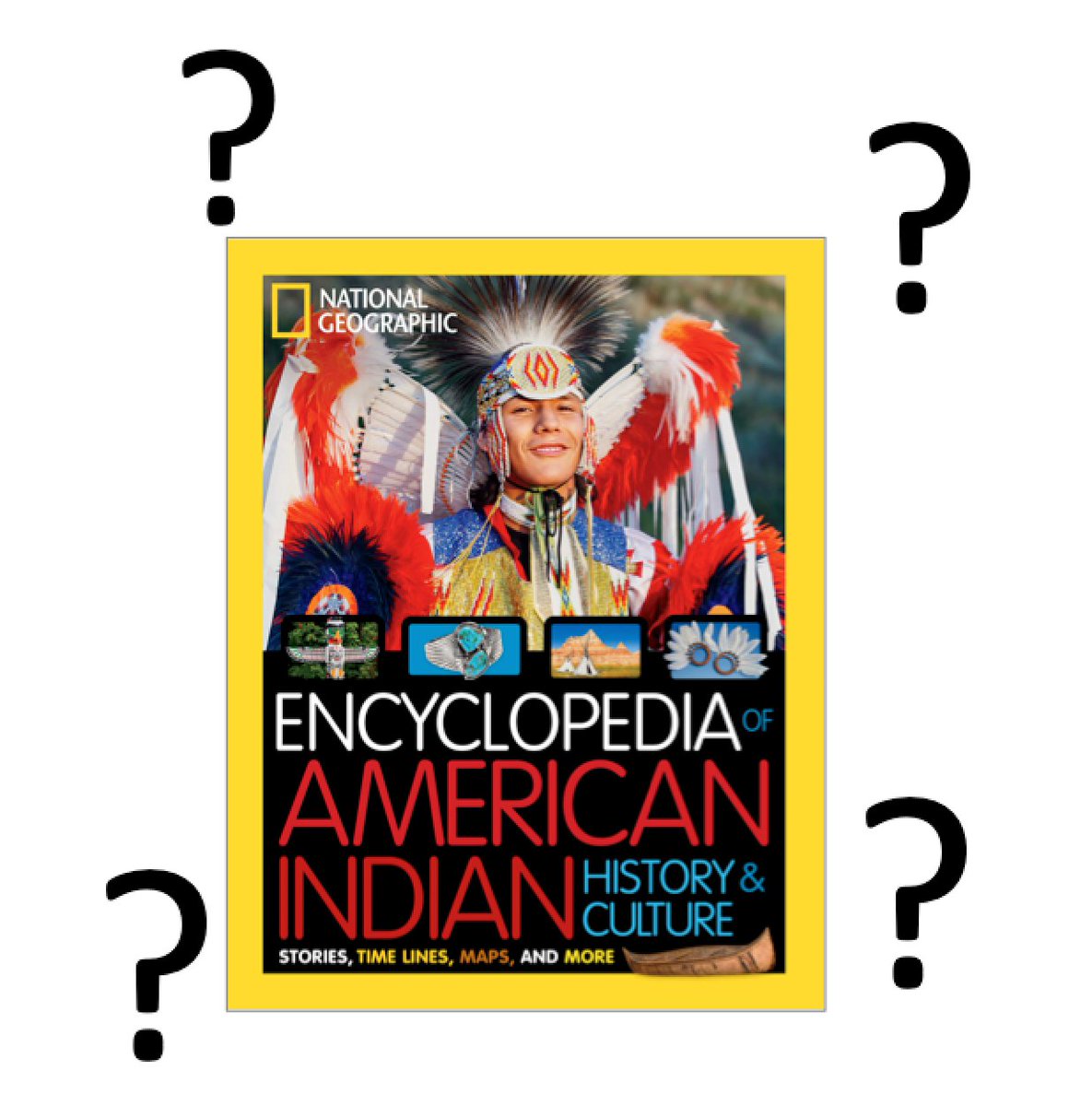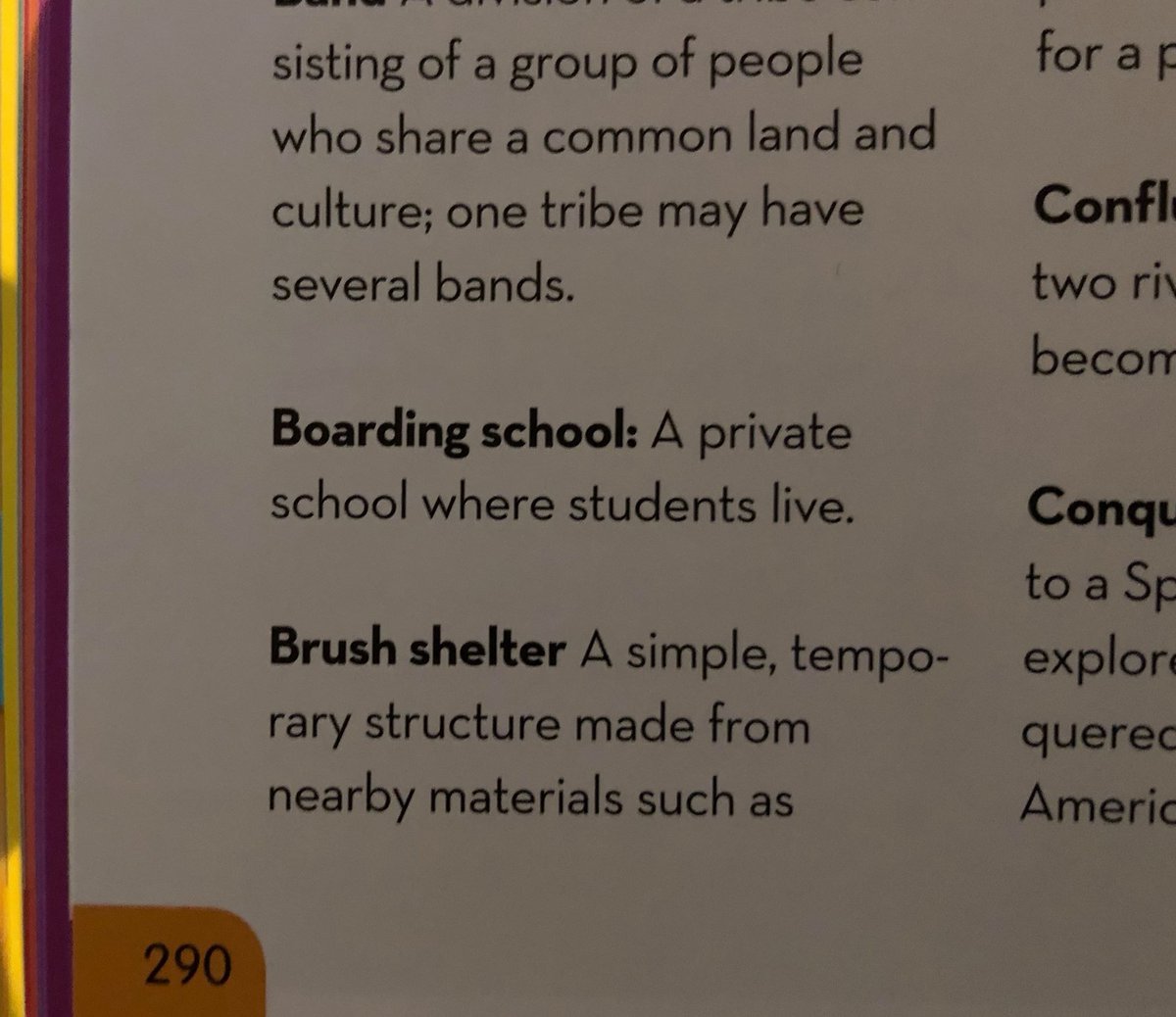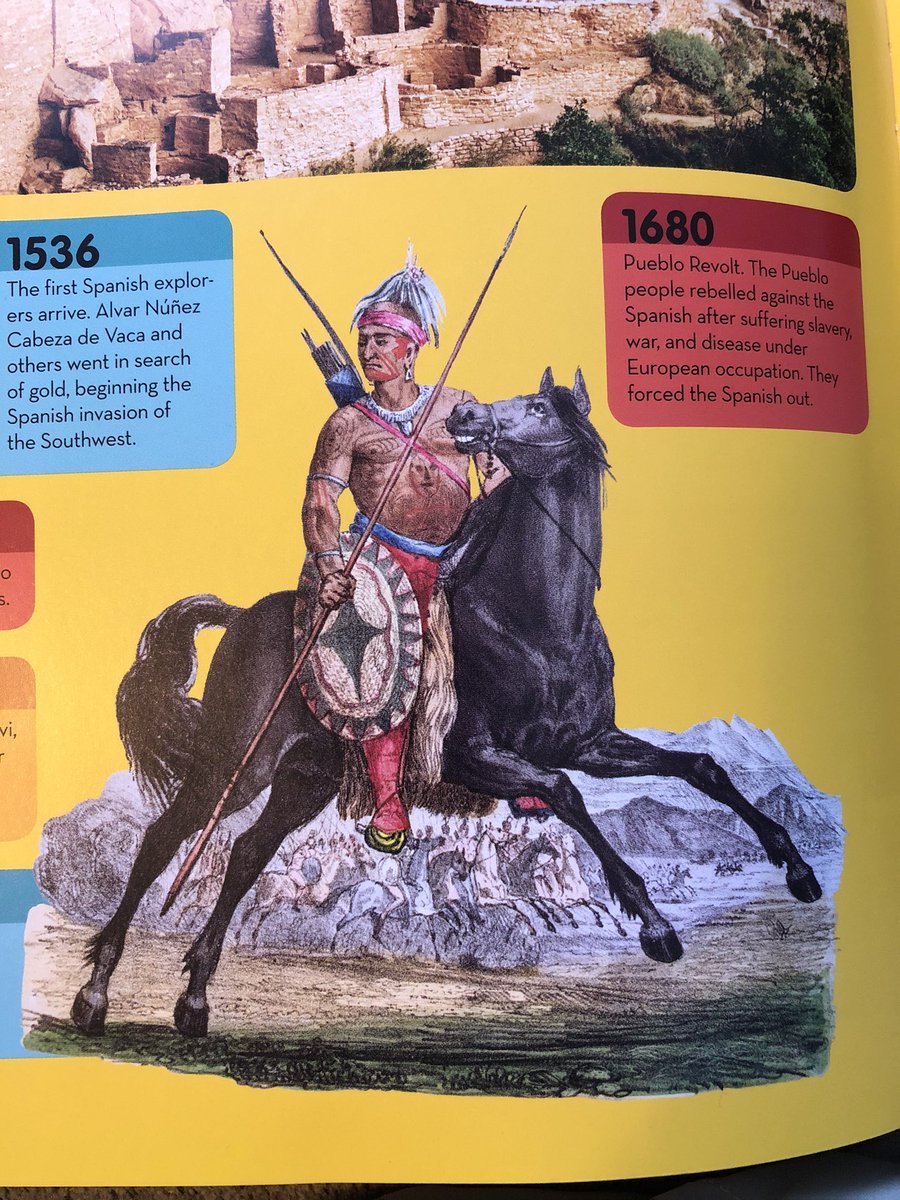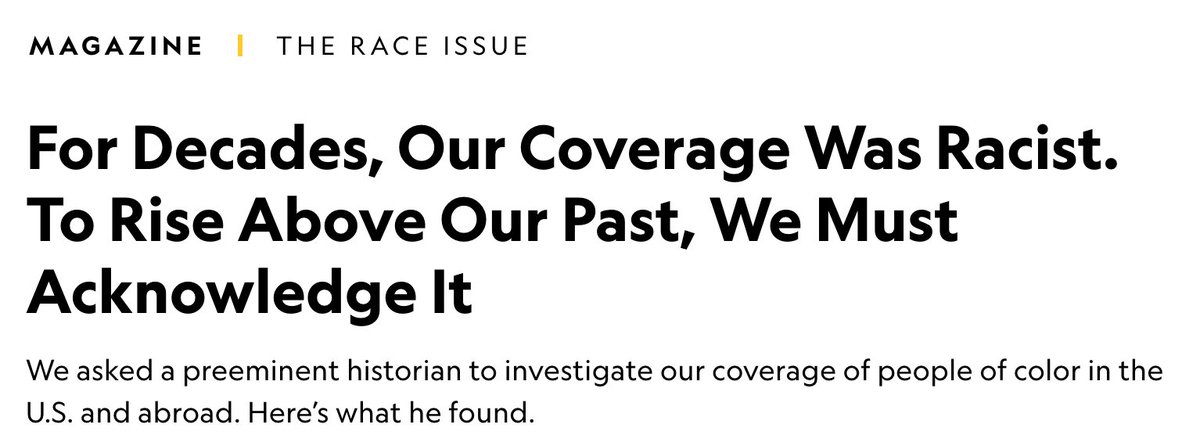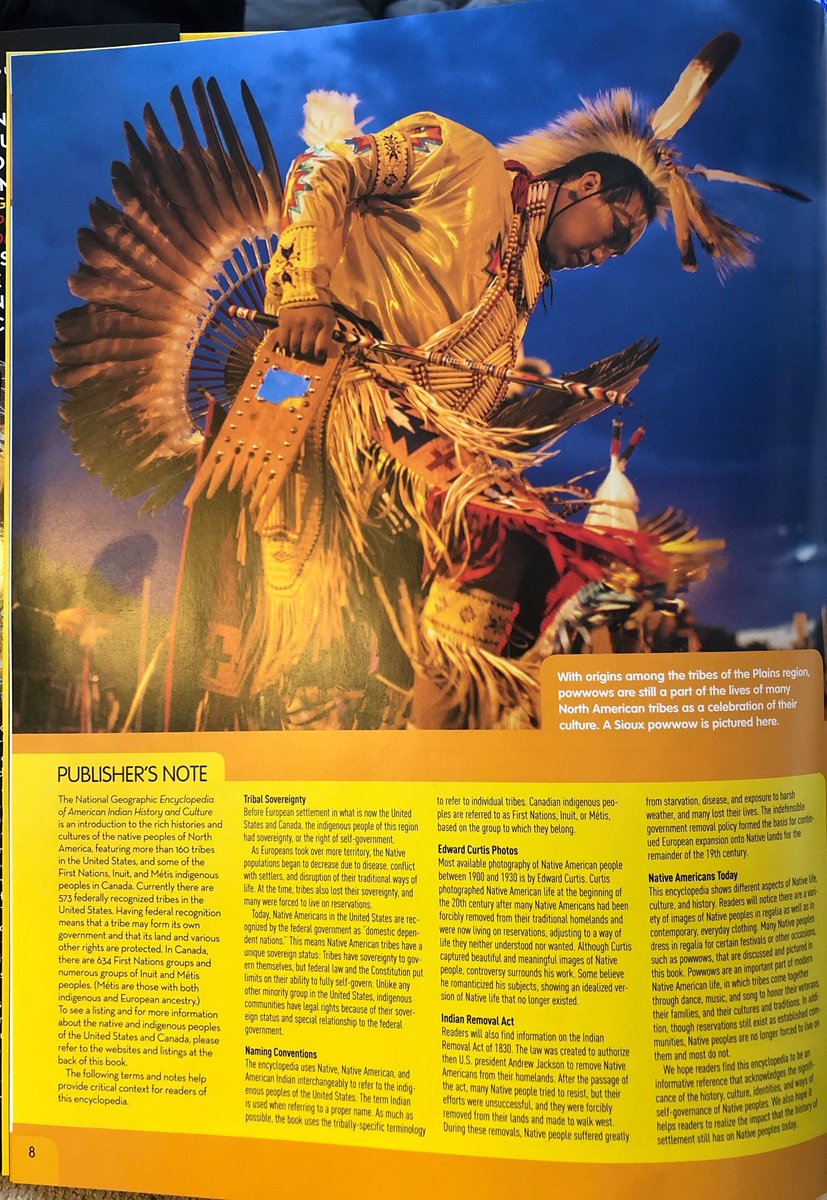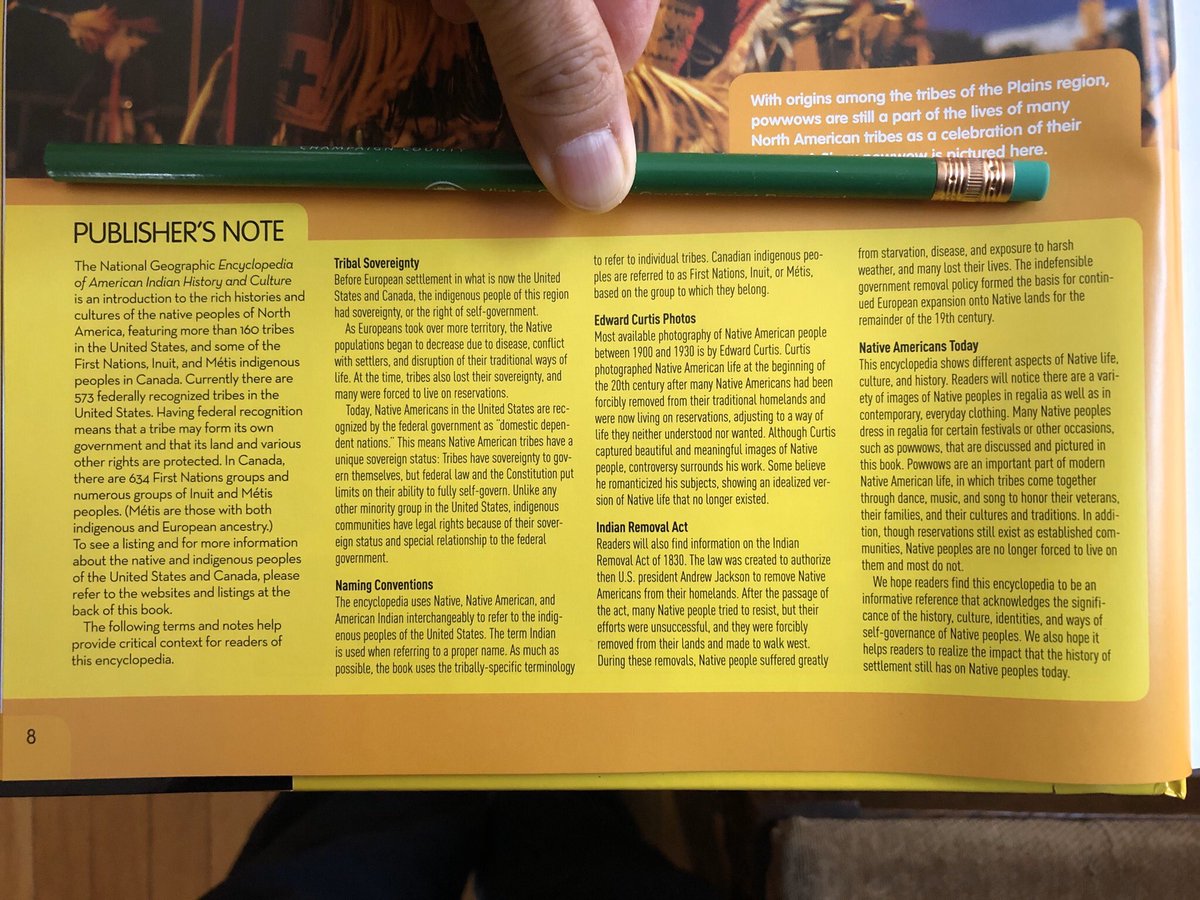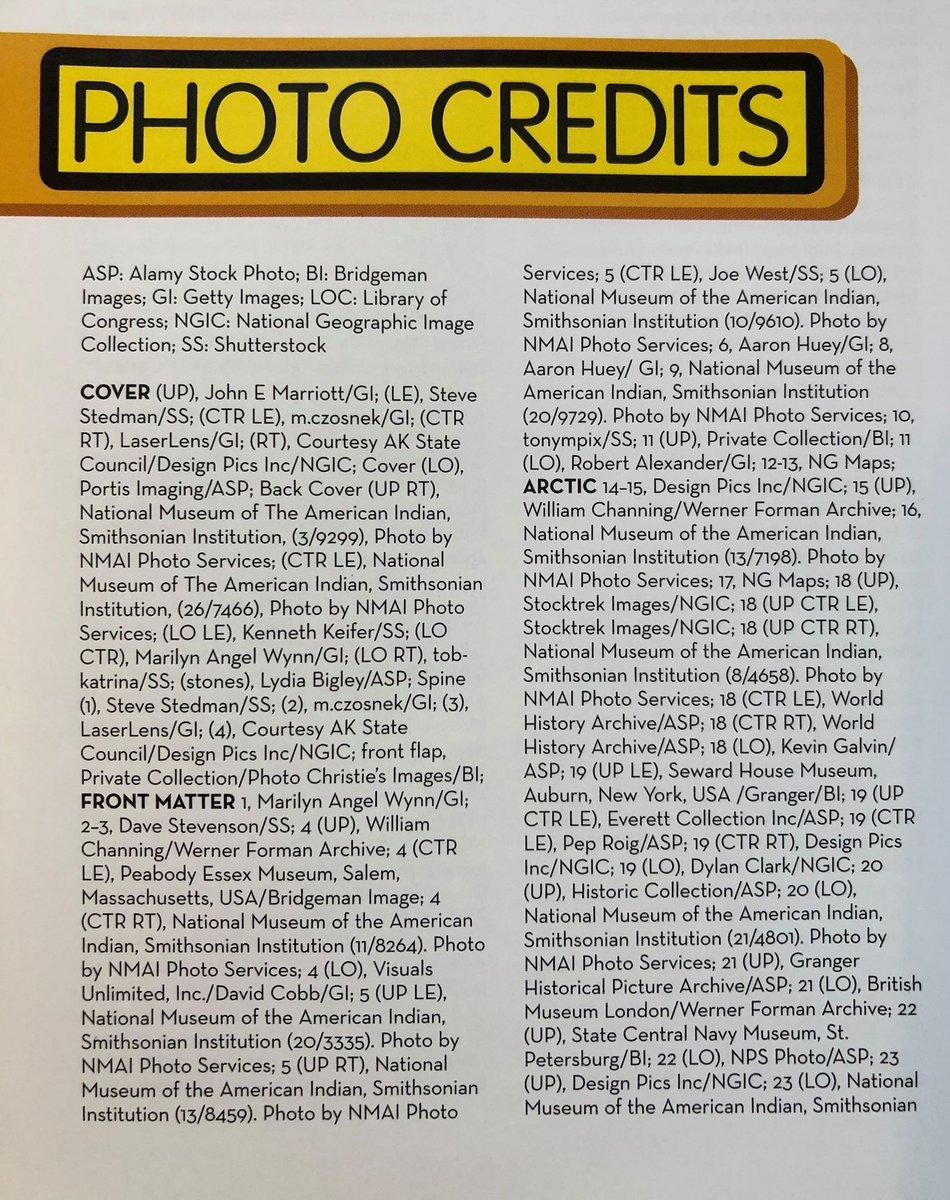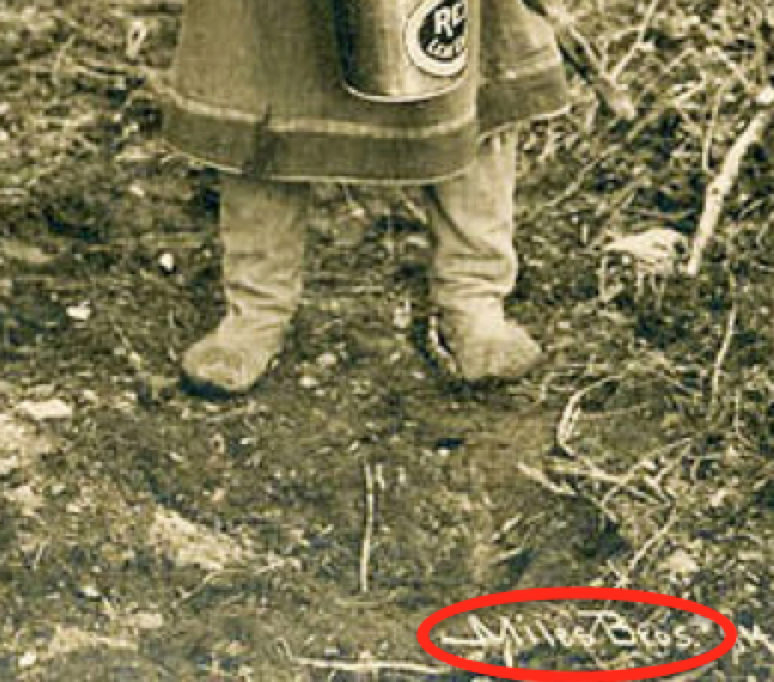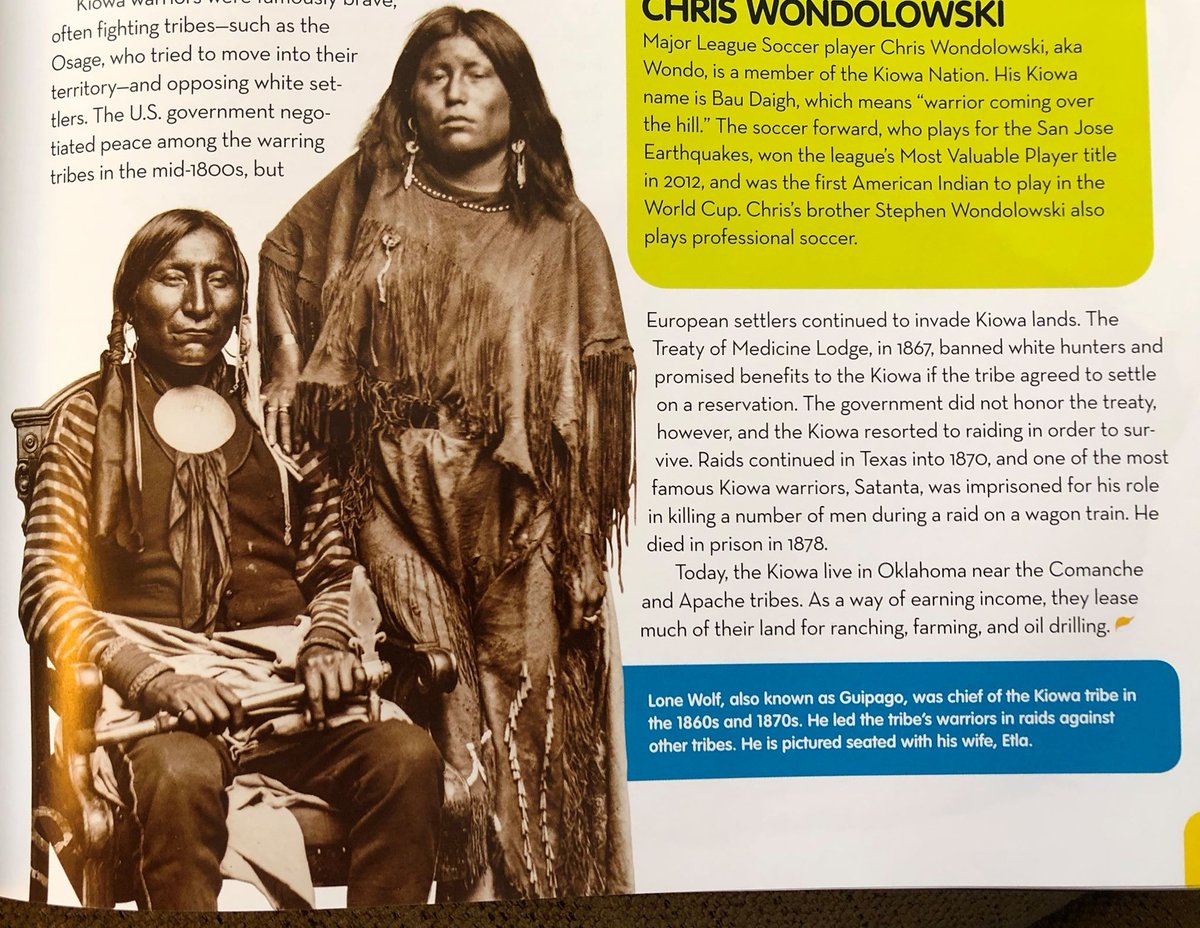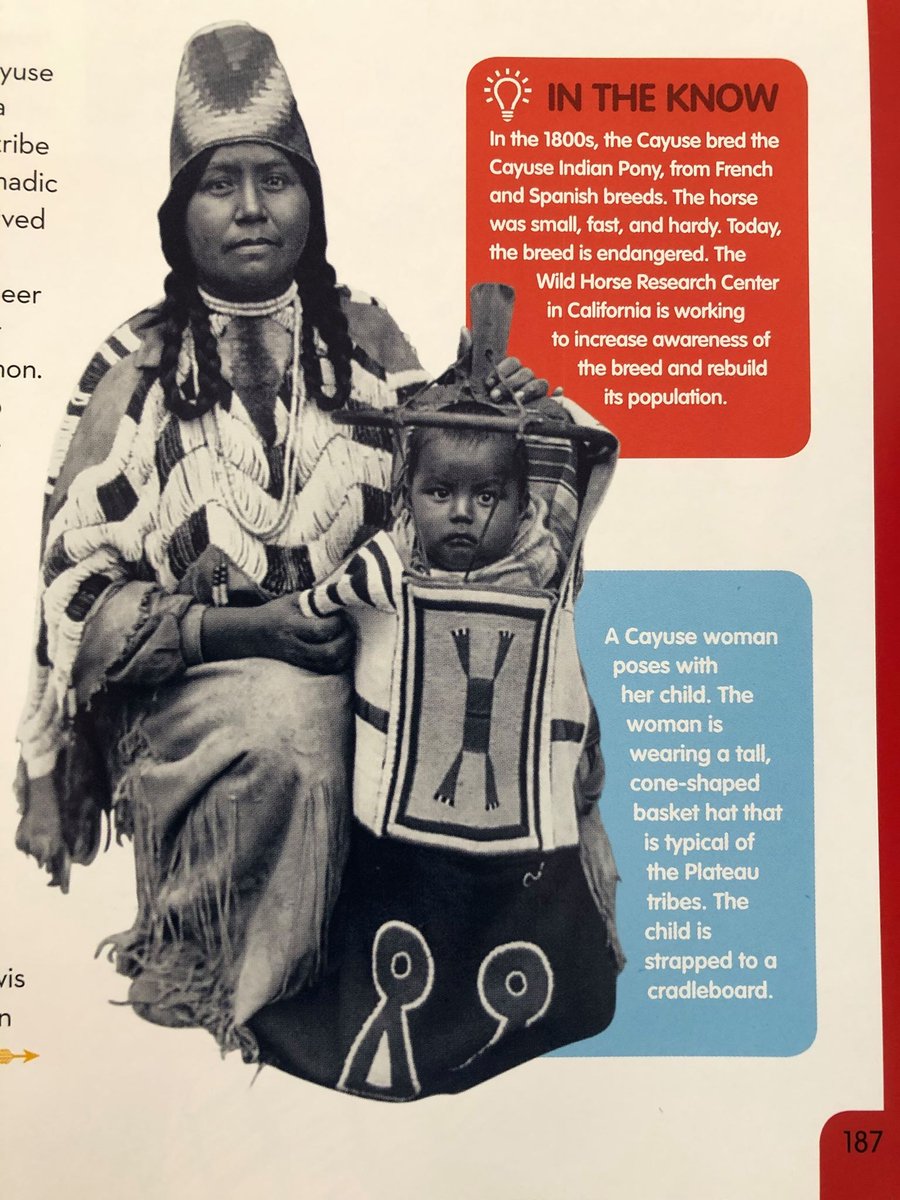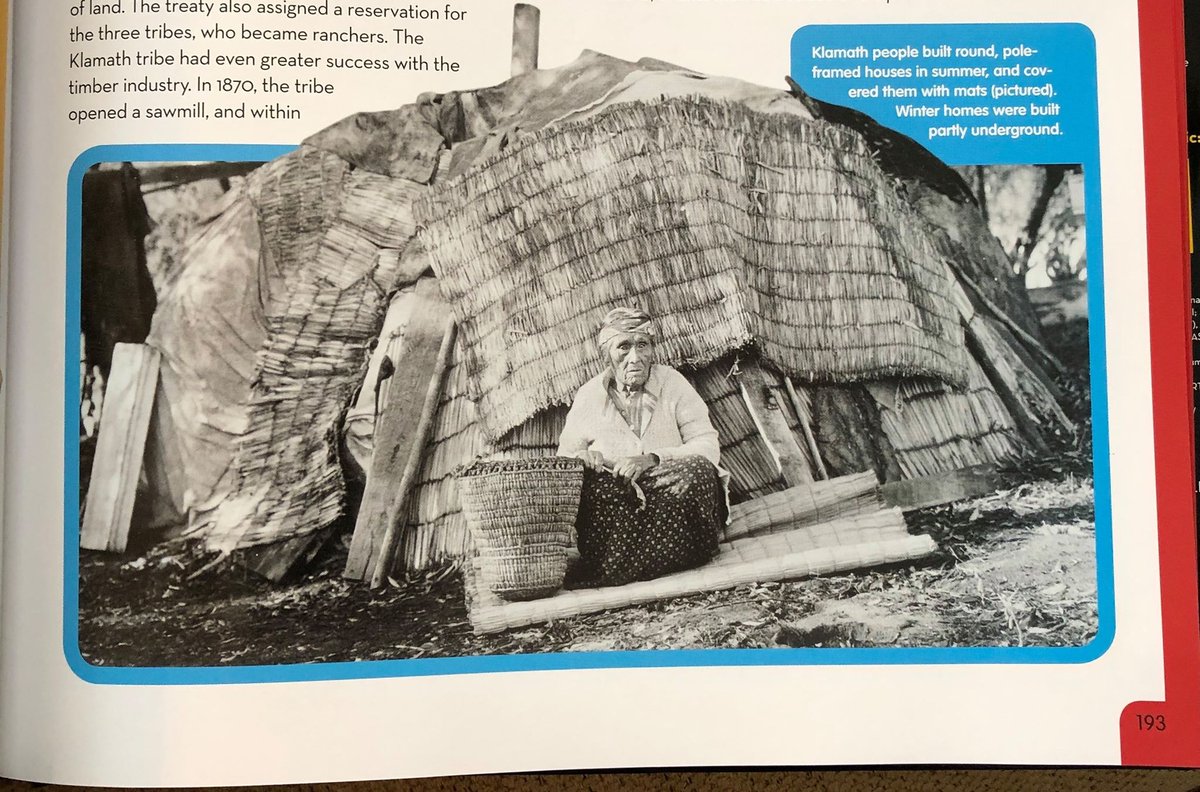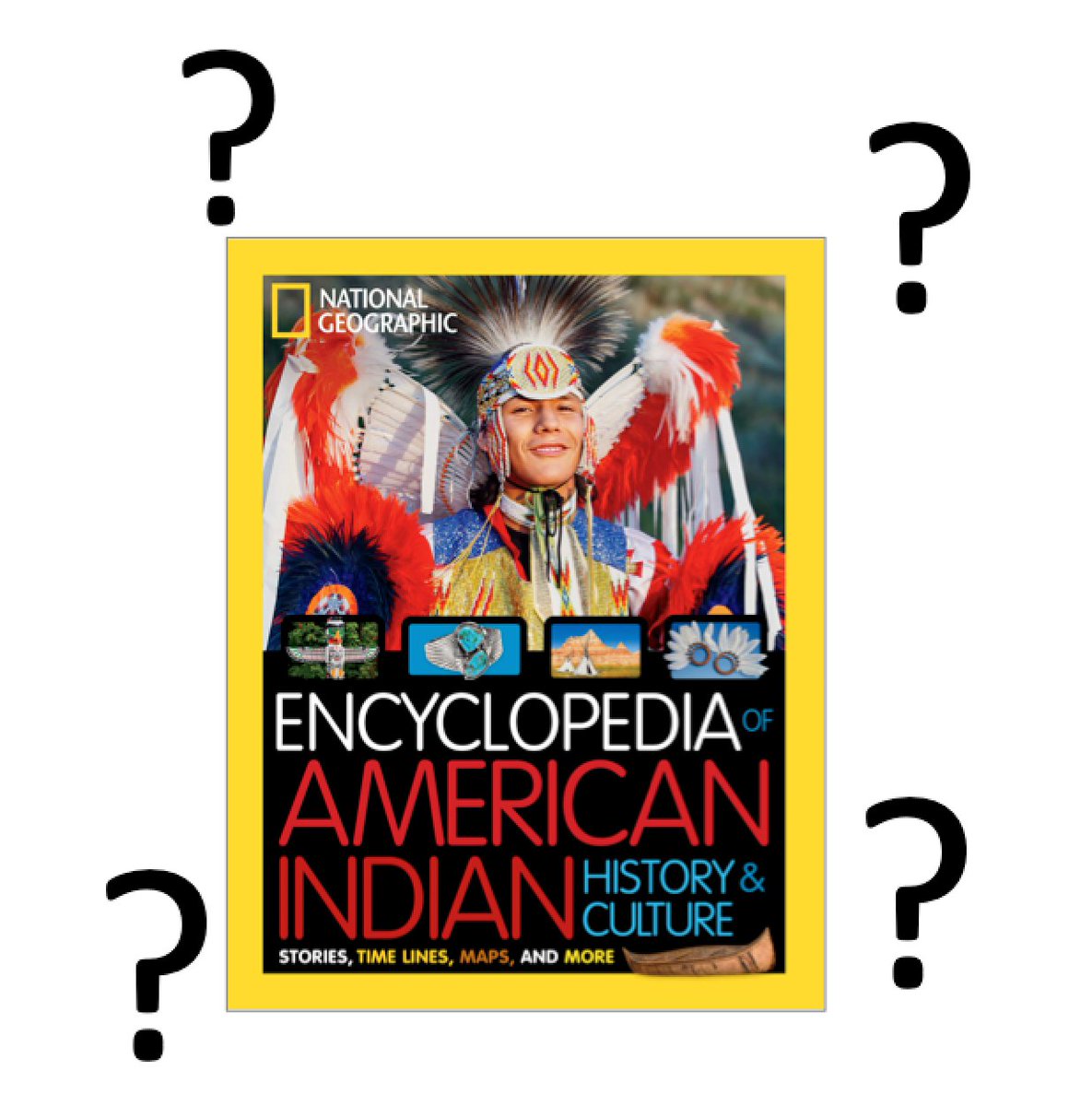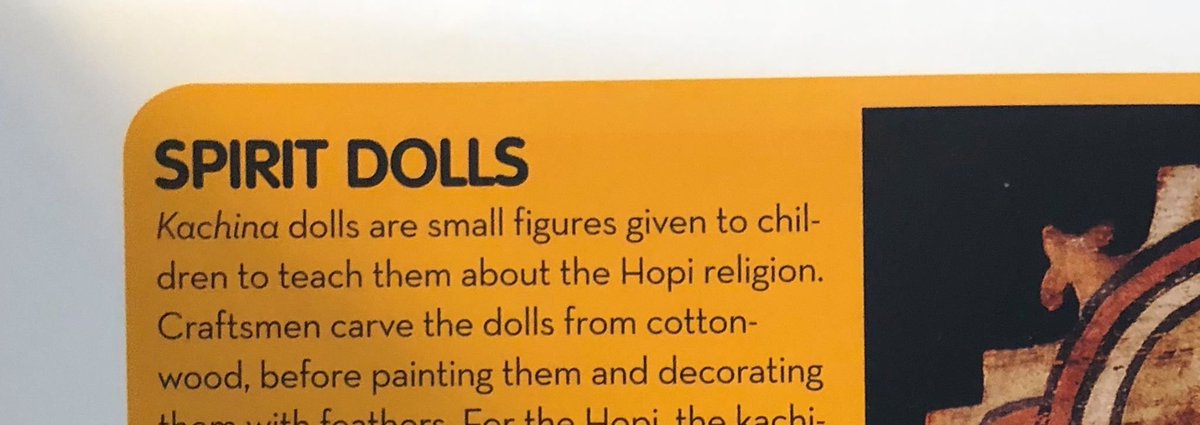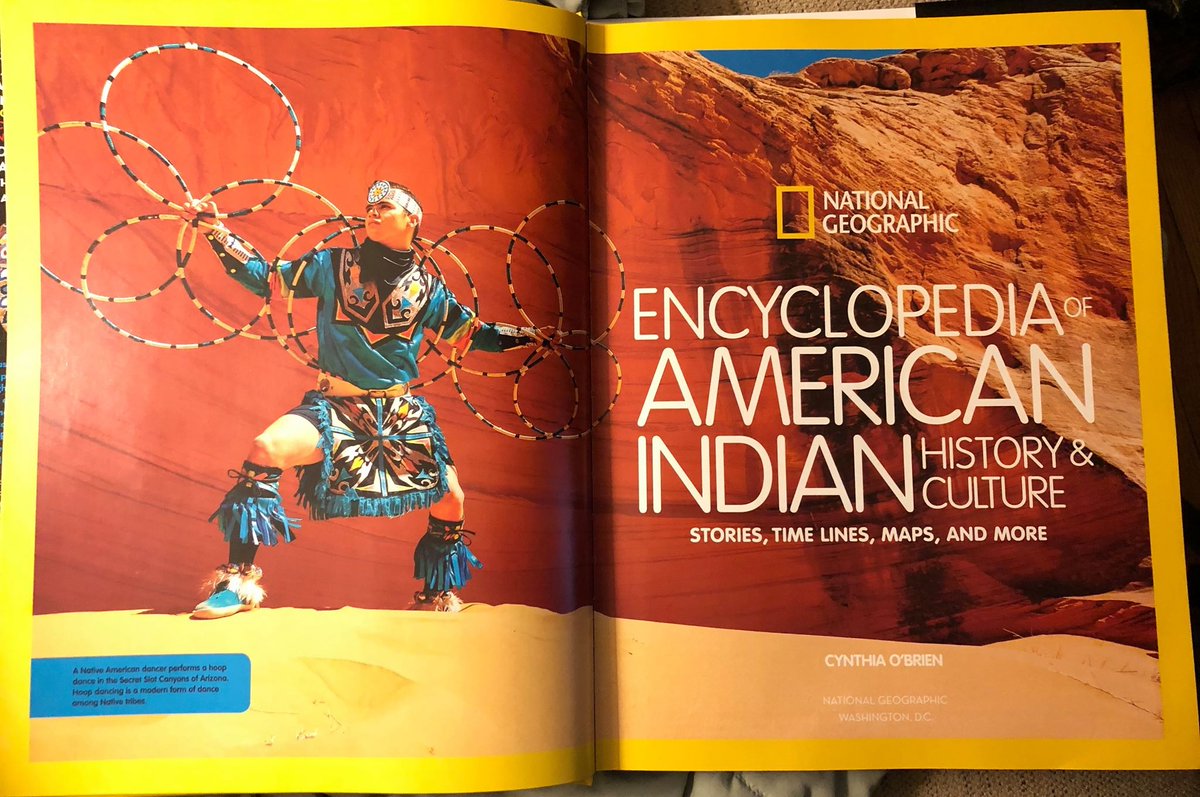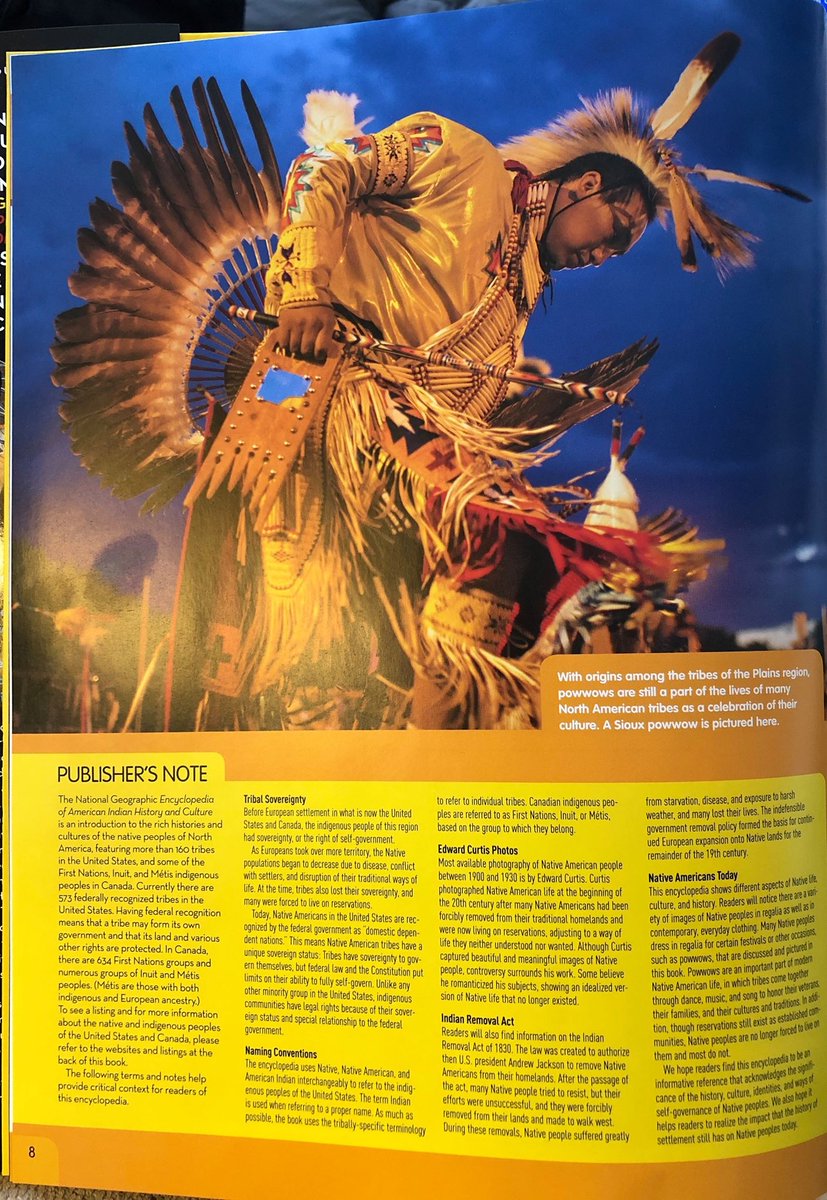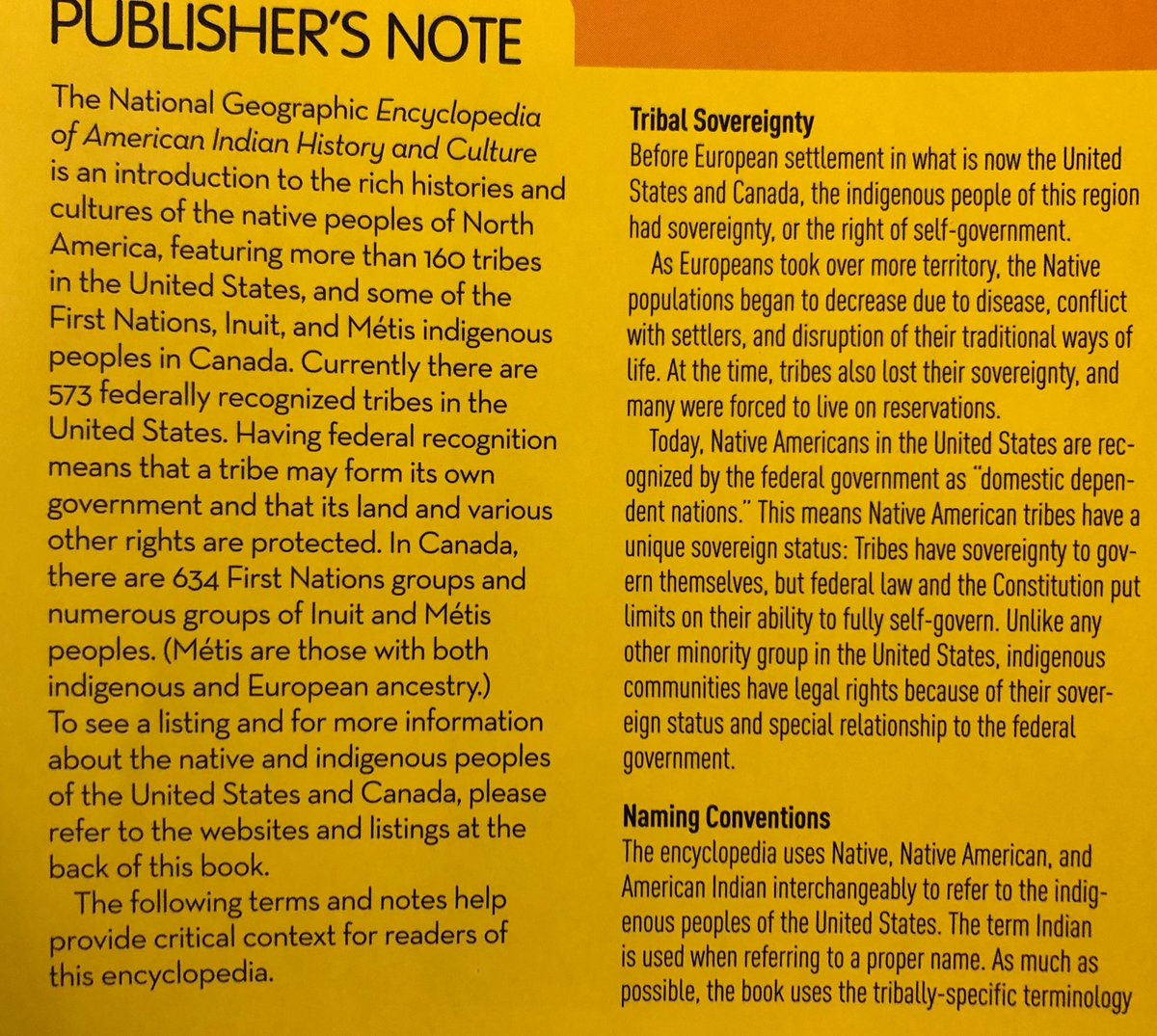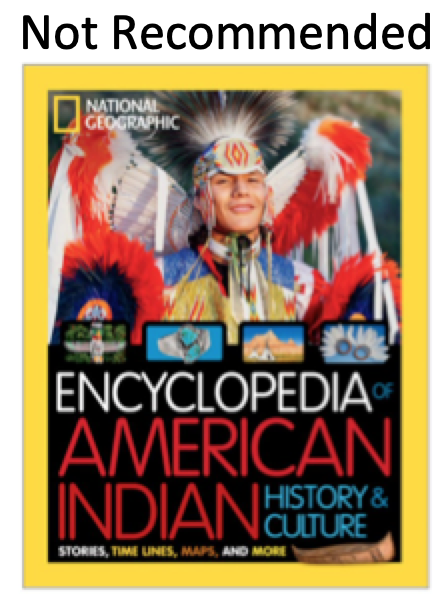****
contribute to our understanding of the Native world it portrays?
Review essay by Michael Thompson (Muscogee Creek)
When Rebecca Roanhorse published her dystopian fantasy novel Trail
of Lightning, I wrote at length about my grave concerns for her appropriation
and distortions of Dine’ cultural narratives. I noted, as a Native educator and
a Navajo in-law, that numerous Navajo writers were voicing similar objections,
many of which are archived at Debbie Reese’s important website (AICL).
Now that Roanhorse has published a YA novel, Race to the Sun, my concerns
remain unchanged, and arguably the stakes are even higher, as this book is
likely to reach a much larger audience of younger readers, who are both Native
and non-Native.
Although my primary conflict with RTTS is its failure to observe traditional
boundaries that normally protect cultural narratives from appropriation, I will
note briefly that there are some unusually problematic internal inconsistencies
in the narrative and in some characterization.
For example, are we really to think that a young Navajo woman who has undergone
her kinaalda is clueless at solving the riddle of what “four mountains bind you
to your home”? Or that her father, a man who’d married a woman whose secret
identity was supposedly a monsterslayer, would be seeking to work for a major
oil and gas company that is being protested by Native people for its pipeline?
Moreover, there are some elements that are jarringly inconsistent with actual
Navajo life and culture – the six stanza riddle that sets the quest seems
straight out of European folklore, as does the plot structure that is clearly
derived from classic stages of the hero’s journey, as well as the book and the
sword that are among the monster slaying weapons provided by the Sun. And
finally, I could barely believe that the climactic battle at Tse’Bit’Ai’
actually included Spider Woman dressed much like the Marvel superhero and
casting a life-saving web. Clearly, the author feels free to mix and match
whatever cultural/literary elements suit her fancy. This is opportunism on a
grand scale.
Yet the greatest problem here is a simple one. Roanhorse must know that some
traditional Navajo people consider her use of sacred figures and practices
profoundly inappropriate. Those objections are well-documented.
She just doesn’t care.
Years ago I wrote an article for Tribal College Journal about the importance of
the oral tradition in tribal college classrooms. I spoke with several Native
scholars and instructors in researching that piece. One of the most significant
personal conclusions I came to was this: as place-based, earth-based, community
based cultures, tribal people honor the story of the group, its history and
values and beauty, above the imagination of the solitary artist.
And I might add that the most important stories are often seen as belonging to
the group, not to an individual to do with as he or she pleases. When I was
first given a few traditional songs to learn to sing in ceremony, I was told
this by my teachers: don’t add anything, don’t change anything, don’t take
anything away.
That’s how it is possible to keep cultural knowledge intact for thousands of
years.
For many traditional Native people, our origin stories, our ceremonial songs
and teachings – passed down from our ancestors for centuries -- have a deeply
sacred aspect, which in turn has made possible our cultural survival.
I am well aware that many people, maybe even a majority of Native people,
consider the objections I am making inconsequential. So be it.
But there are at least some Native people I know who believe that we must
always push back against anything that would diminish our origin stories, our
worldviews. That means, among other things, protecting our stories as they were
handed down to us.
As an educator, one of the most important questions I would ever ask about any
work categorized as Native literature is this: what will it contribute to our
understanding of the Native world it portrays?
When I consider Race to the Sun, I find almost nothing of real value to deepen
one’s understanding of actual Navajo teachings but rather a mishmash of coming
of age tropes from various non-Native cultures and from popular American
culture, sprinkled with just enough familiar Navajo elements (hogans, Navajo
tacos, geographic icons, and the like) to label it a Navajo story. No doubt
there is a great deal of currency in mainstream readership for doing this. But
there is little here to educate young Navajo or non-Navajo readers about the
real meaning of the Dine’ narratives’ actual Holy People or the complex
principles on which they are based.
The literature that Roanhorse makes uses a kind of cultural costumery and
caricature. She takes characters and iconic landmarks from a rich,
interconnected set of sacred Navajo stories, which have profound significance
within that context, and she uses them as plastic action figures and dramatic
settings to spin out whatever pop culture genre she likes, without any real
regard for the actual gravity that traditional Navajo people would attach to
them.
This is cultural reductionism, plain and simple.
Spider Woman, for the Dine’, does not belong in the Marvel universe, however
many books that may sell. She belongs exactly where she has always been -- in
the Dine’ universe – with beauty all around her.













